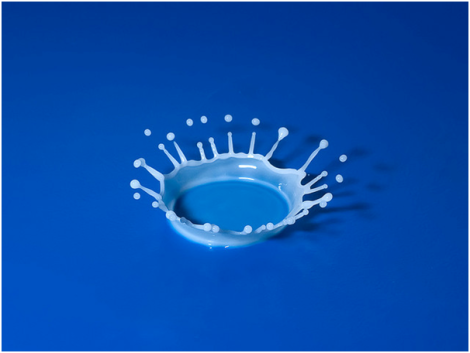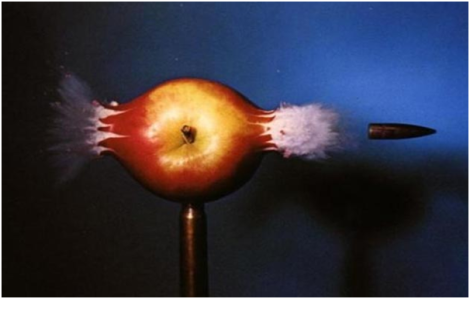In the 1870’s the British physicist Arthur Worthington employed high-speed imaging to capture the immense beauty that occurs in the evolution of a splash! He discovered that the splash revealed a great deal of complexity with a high degree of symmetry and order. A splash, he found, erupts into a corona with a rim that breaks up into a series of equidistant spikes, each of them releasing micro-droplets of their own, like a studded crown, as in the image below.
He discovered that, the shape of the splash varies depending on the physical nature of the fluid such as its viscosity.
His equipment used the flash of a spark in a darkened room to capture a moment in the evolution of a splash. To capture a sequence, Worthington timed the sparks at successively later instants in the course of many splashes.
In the 1920’s, MIT graduate, Harold Edgerton, utilized Worthington’s equipment to develop a stroboscope which could have the ability to take a succession of equally spaced snap shots in time of a high speed event, to create a motion picture, such that the frequency of the flash was synchronized with the cycling rate of the movement. His stroboscope was designed to work at a rate of 3,000 frames per second. Edgerton’s images have become iconic due to their eye catching subjects, most impressively is that famous image ‘Shooting the Apply’ shown below.


